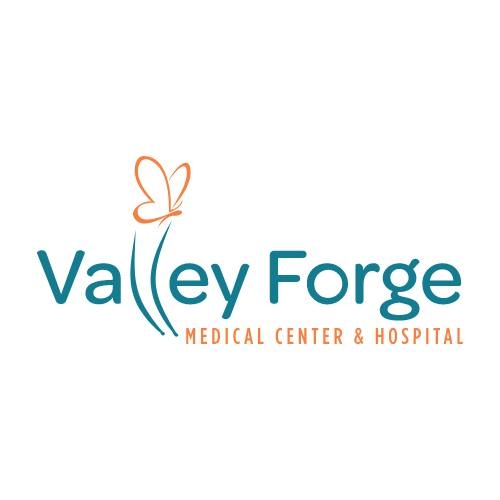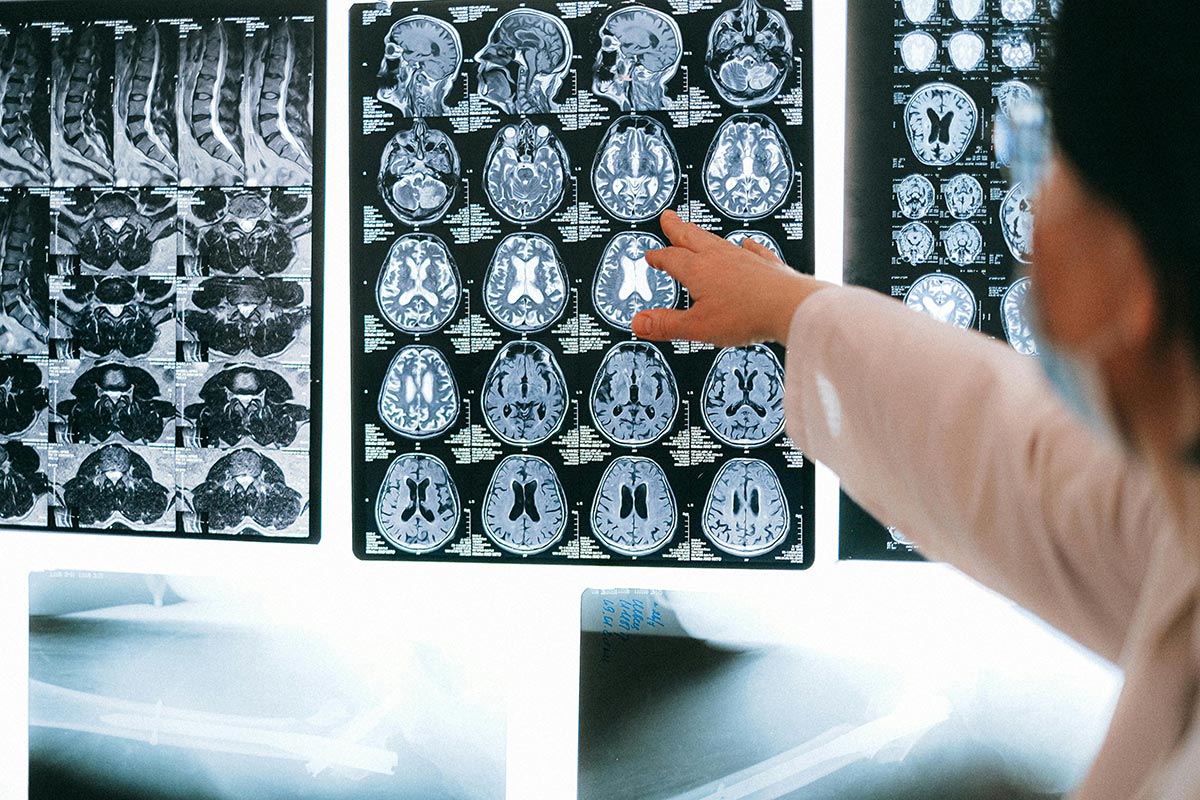

Collaboration Between Facilities
The collaboration between addiction hospitals and primary care providers is essential for effective treatment and recovery. This partnership enhances patient outcomes by ensuring that individuals struggling with substance use disorders receive comprehensive and coordinated care.
Importance of Communication
Effective communication is crucial in managing interventions, referrals for treatment, and assessing patients’ willingness to change. When addiction hospitals and primary care providers collaborate, it helps to minimize the chances of missed therapeutic opportunities [1].
Primary care providers are often the first point of contact for individuals facing substance misuse. They are in a unique position to recognize signs of substance use disorders due to the prevalence of these issues in their patient populations. Clear and timely communication helps primary care providers guide patients toward the necessary resources, including addiction specialists, behavioral health providers, and community support services.
The following table outlines the key benefits of effective communication between addiction hospitals and primary care providers:
BenefitDescriptionEnhanced Patient OutcomesImproved coordination leads to better treatment results.Timely ReferralsQuick access to necessary resources for patients in need.Comprehensive CareAddresses all aspects of a patient's health and recovery.Reduced Missed OpportunitiesFewer chances for lapse in treatment and support.
Patient Referral Processes
Patient referral processes are critical in maintaining a seamless flow of care. Primary care providers can identify patients with potential substance use disorders and refer them to addiction hospitals for specialized treatment. This can be accomplished without the need for extensive expertise in substance misuse, as providers benefit from general knowledge about screening and care coordination [2].
The referral process typically involves:
By implementing structured referral processes, both addiction hospitals and primary care providers can create an integrated system that supports patients throughout their recovery journey. For more information on how addiction hospitals use data and analytics to improve care, visit how addiction hospitals use data and analytics to improve care.
Through collaboration and effective communication, these facilities can work together to provide the best possible outcomes for patients grappling with addiction.
Support and Motivation

In the realm of addiction treatment, support and motivation play crucial roles in a patient's recovery journey. This section highlights the importance of believing in patient recovery and the impact of positive interactions throughout the treatment process.
Belief in Patient Recovery
Healthcare providers' belief in their patients' potential for recovery significantly influences treatment outcomes. When physicians express confidence in a patient's ability to overcome addiction, it fosters motivation and resilience. Patients often seek help during their most vulnerable moments and value transparent communication regarding their diagnoses. Providing clear explanations and a hopeful perspective can empower patients, making them less likely to give up on themselves.
Evidence indicates that patients who receive consistent support from their healthcare team are more likely to engage in their treatment plans and pursue long-term recovery. Studies show that over 90% of individuals who remain drug and alcohol-free for two years post-treatment continue to maintain their sobriety a decade later. Factors contributing to this success include remaining in treatment longer, having less severe underlying mental health issues, and participating in aftercare or self-help groups.
Positive Patient Interactions
Constructive interactions between patients and healthcare providers are essential for a positive recovery experience. Positive patient interactions create a supportive environment that fosters trust, encourages open dialogue, and enhances treatment engagement. Patients are more inclined to follow prescribed plans and actively participate in their recovery when they feel valued and understood.
Integrating mental health professionals within addiction treatment settings also contributes to improved patient outcomes. Studies have shown that this integration allows for seamless care coordination and effective management of co-occurring disorders [4]. A cohesive treatment team with clear clinical protocols can provide the stability and support that patients require throughout their recovery journey.
Healthcare facilities that prioritize positive interactions, supportive communication, and collaboration among professionals foster environments where patients feel equipped to pursue lasting recovery. For more information on various strategies for addiction treatment, check out our articles on the role of emergency medical services in addiction hospitals and the benefits of structured sober living environments.
Integration Strategies

The collaboration between addiction hospitals and primary care providers can greatly enhance treatment outcomes for individuals suffering from substance use disorders. Two key strategies for successful integration are the involvement of mental health professionals and the establishment of clear clinical protocols and standards.
Mental Health Professionals
Integrating mental health and substance abuse professionals into primary care settings has proven to improve patient outcomes while maintaining minimal increases in costs. It is essential for addiction hospitals to ensure that mental health professionals are readily available to address the psychological aspects of addiction treatment [4].
Utilizing co-location services allows these professionals to work alongside primary care providers, creating a unified approach to care. This model enhances communication and collaboration, which ultimately supports the patient’s recovery journey.
Moreover, incorporating mental health professionals can address the shortcomings of traditional referral processes, such as carve-outs, where patients are directed to separate behavioral health systems. The effectiveness of carved-out systems remains uncertain, emphasizing the need for integrated care models.
Benefit of Integrating Mental Health ProfessionalsOutcomeImproved patient outcomesEnhanced recovery ratesIncreased accessibilityMore timely interventionsReduced stigmaBetter patient engagement
Clinical Protocols and Standards
Establishing clear clinical protocols and standards is crucial for ensuring consistent and effective care across different healthcare settings. Standardization helps bridge the gap between addiction hospitals and primary care providers by creating a common framework for treatment plans, assessments, and interventions.
Models such as health homes and Accountable Care Organizations (ACOs) are being explored to streamline these protocols. By investing in shared financing models, both federal and state governments aim to improve access to integrated care and ensure quality standards are met.
Furthermore, technology plays an essential role in supporting these integration strategies. Tools like electronic health records (EHRs), telehealth services, and health information exchanges facilitate communication among healthcare providers, allowing for better care coordination and monitoring of patient outcomes over time.
Key Aspects of Clinical ProtocolsImportanceStandardized treatment plansEnsures consistent careRegular assessmentsMonitors patient progressClear communicationEnhances collaboration among providers
By leveraging mental health professionals and establishing robust clinical protocols, addiction hospitals can effectively collaborate with primary care providers, ultimately leading to better outcomes for patients. For further reading on how addiction hospitals work together with other healthcare systems, explore our article on how addiction hospitals use data and analytics to improve care.
Challenges and Solutions
The collaboration between addiction hospitals and primary care providers is essential for improving patient care, yet several challenges need to be addressed for effective integration.
Barriers to Collaboration
Various barriers hinder the collaboration between addiction hospitals and primary care providers. Key challenges include:
Efforts to overcome these barriers include promoting changes to payment systems, enhancing quality measures, and ensuring parity of healthcare benefits [6].
BarrierDescriptionLack of ResourcesInsufficient funding for comprehensive careUnified BudgetsDifficulty in collaborative budgeting for servicesFinancial DisincentivesDeterrents in existing payment systemsPatient ConfidentialityReluctance to disclose addiction historyStigmaNegative perceptions fueling hesitance in care
Models for Integration
To address the barriers present in collaboration, various promising models are being integrated to enhance care for patients with substance use disorders. These include:
Innovations in technology, such as electronic health records (EHRs), telehealth services, and health information exchanges, also support integrated care models. These technologies help extend reach, monitor patient progress, deliver interventions, and engage patients who may be hesitant to seek help.
ModelDescriptionHealth HomesIntegrates chronic condition management and substance use treatmentAccountable Care OrganizationsGroup care to enhance quality and reduce costsPay-for-PerformanceFinancial incentives based on care qualityShared-Savings ModelsProviders benefit from efficient care delivery
Primary care settings play a pivotal role in this integration by serving as the central point for prevention, early intervention, and continuous clinical care. Employing screening, brief intervention, and referral to treatment (SBIRT) tools is recommended for effectively managing substance misuse.
Prevention and Treatment
Preventing substance use disorders and ensuring effective treatment is a complex process that requires collaboration between addiction hospitals and primary care providers. Two vital components in this collaboration are screening and intervention, as well as care coordination.
Screening and Intervention
Primary care providers play a crucial role in identifying substance use problems. They are often the first point of contact for patients and can utilize various strategies to screen for substance misuse and disorders. Approaches such as Screening, Brief Intervention, and Referral to Treatment (SBIRT) are effective methods that primary care settings can implement. These techniques help in assessing patients' substance use behaviors and guide them towards appropriate treatment options [5].
The following table outlines the typical services provided during the screening and intervention phase:
Service TypeDescriptionScreeningIdentifying substance misuse through standardized questionnairesBrief CounselingProviding short, targeted advice for mild casesReferral to TreatmentConnecting patients with specialty treatment for severe cases
Care Coordination
Effective coordination between primary care providers and addiction hospitals is essential for improving patient outcomes and reducing complications, such as opioid-related rehospitalizations and overdose deaths. This collaboration ensures that patients receive continuous support throughout their recovery journey. The Affordable Care Act (ACA) has emphasized the necessity for mental health and substance use disorder services to be treated as essential health benefits [5].
Key aspects of care coordination include:
By implementing comprehensive screening procedures and fostering effective care coordination, addiction hospitals and primary care providers can improve the prevention and treatment of substance use disorders, ultimately enhancing the overall health and well-being of their patients. For further insight into the strategies used by addiction hospitals, explore our article on how addiction hospitals use data and analytics to improve care.
Transitions of Care
The transition of care from addiction hospitals to community and primary care settings is critical for ensuring ongoing support and successful recovery for individuals struggling with substance use disorders (SUD). This section addresses the challenges faced after hospitalization and the importance of continuity in treatment.
Post-Hospitalization Challenges
Upon discharge from an addiction hospital, individuals often encounter several challenges that can impede their recovery. The vulnerabilities present during this transitional period can lead to readmission and increased emergency department (ED) visits. Continued engagement in care following hospital discharge has been associated with reduced hospital readmission rates and decreased morbidity and mortality from overdose [7].
Key challenges include:
Continuity in Treatment
Establishing continuity in treatment is essential for improving outcomes for those with SUD. Transitioning care effectively can help mitigate the risks associated with post-hospitalization, ensuring that patients receive the ongoing support they need.
Addressing the transitions of care not only improves the individual’s experience but also reduces the significant hospital expenditures associated with substance use, which were over $13 billion in the United States in 2017. By prioritizing continuity and effective communication, addiction hospitals can collaborate more efficiently with primary care providers to foster positive patient outcomes.
For more information on how addiction hospitals collaborate with primary care providers, see our article on how addiction hospitals use data and analytics to improve care.
References
[2]:
[3]:
[4]:
[5]:
[6]:
[7]:
.svg)





